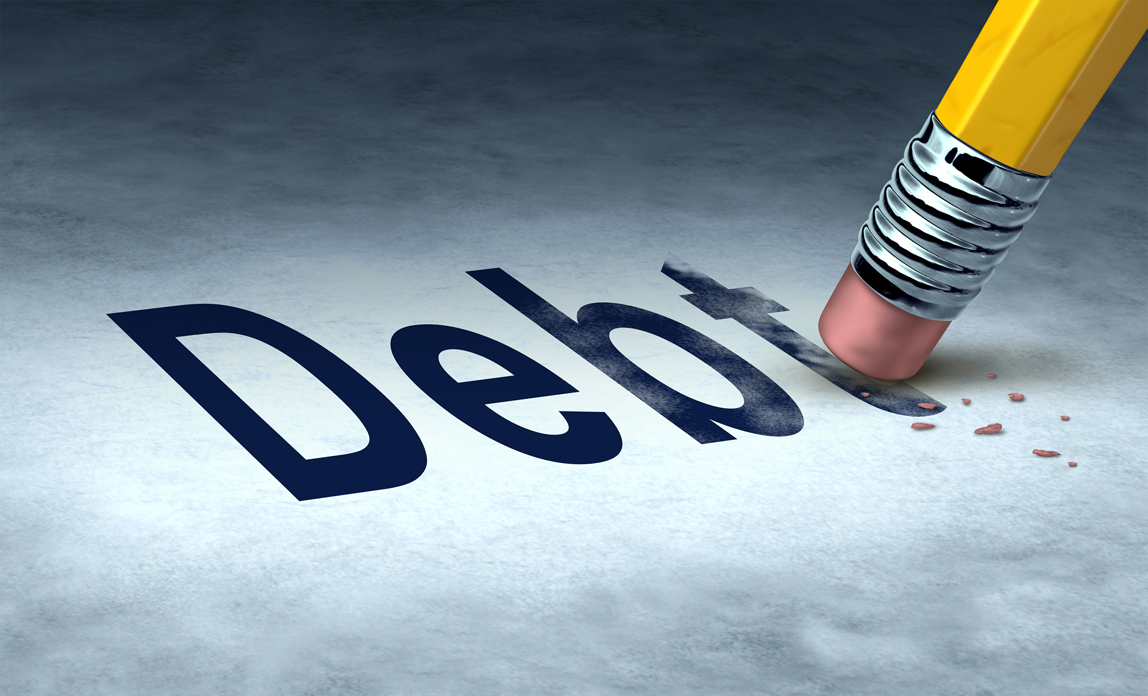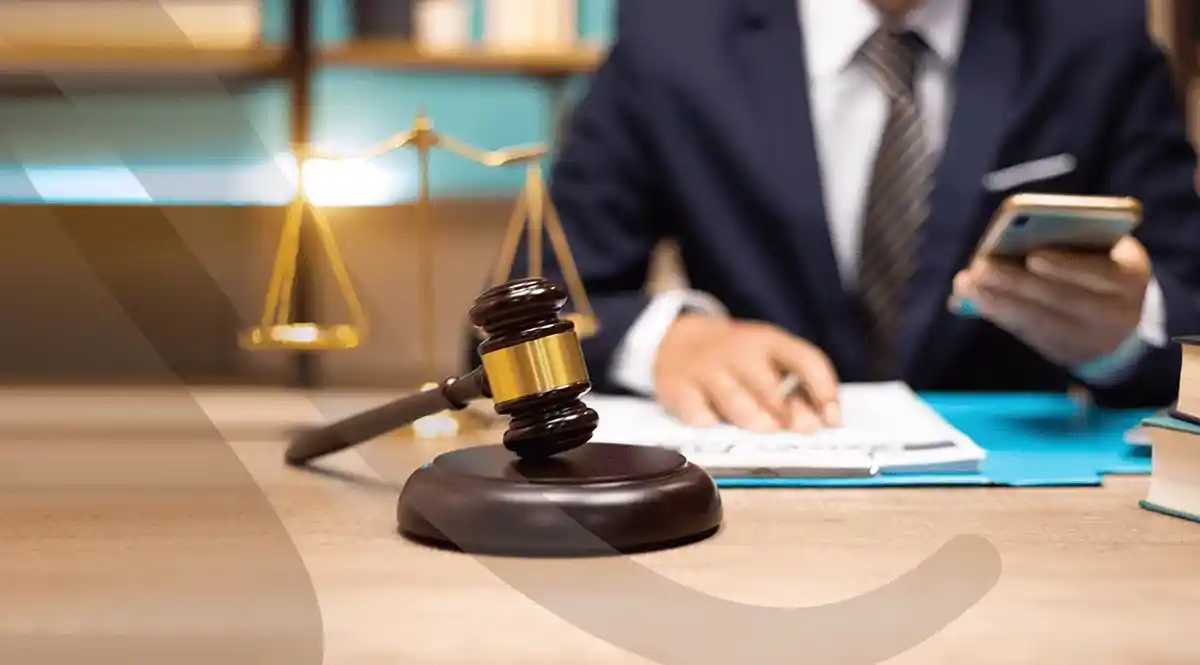Introduction
Debt recovery is a critical aspect of financial management, both for businesses and individuals. When a debtor fails to pay the money owed, it can create significant financial strain. Debt recovery involves the legal processes and strategies used to collect outstanding debts, whether they result from loans, credit agreements, or unpaid bills. The process can vary depending on the amount owed, the debtor’s financial situation, and the approach chosen for collection. This article explores the essential aspects of lawbugs.com/, including its types, processes, and methods to ensure successful outcomes for creditors.
Table of Contents
What is Debt Recovery?
Debt recovery refers to the process of collecting money owed by individuals or businesses who have failed to pay their debts on time. This process typically involves contacting the debtor to arrange payment, negotiating terms, and, if necessary, taking legal action to recover the outstanding amount.
Debt recovery is crucial because unpaid debts can have significant consequences for both the creditor and the debtor. For the creditor, it can impact cash flow, profitability, and the ability to continue operations. For the debtor, failing to repay debts may result in legal consequences, such as lawsuits or garnishment of wages.
Types of Debt Recovery
Debt recovery can be pursued through various methods depending on the nature of the debt, the relationship between the creditor and the debtor, and the amount owed. The main types of debt recovery include:
1. Informal Debt Recovery
In informal debt recovery, the creditor attempts to recover the debt without involving legal processes or third-party collections. This method relies on direct communication between the creditor and the debtor. Common strategies include:
-
Negotiation: The creditor may contact the debtor to negotiate a repayment plan, potentially offering an extension or reducing the total amount owed in exchange for payment.
-
Demand Letters: A formal letter or email requesting payment within a specified period. It serves as a reminder of the debt and a request for immediate action.
-
Payment Arrangements: Offering flexible payment terms, such as installment payments, to make it easier for the debtor to repay the debt over time.
Informal debt recovery is typically the first step, as it is cost-effective and preserves the relationship between the creditor and the debtor.
2. Debt Collection Agencies
When informal methods fail, creditors may turn to professional debt collection agencies. These agencies specialize in recovering debts for a fee, usually a percentage of the total amount collected. Debt collection agencies have expertise in pursuing delinquent debts, handling communication with the debtor, and utilizing legal resources when necessary.
Collection agencies typically use various methods, such as:
-
Phone Calls and Letters: Persistent calls and letters demanding payment from the debtor.
-
Negotiation and Settlement: Agencies may offer to negotiate a settlement or payment plan that allows the debtor to pay less than the full amount owed but settles the debt.
While collection agencies are effective, they often charge fees or a percentage of the debt they recover.
3. Legal Debt Recovery
When informal and collection agency methods do not work, legal debt recovery becomes necessary. This typically involves initiating legal proceedings to recover the debt. Legal debt recovery includes:
-
Small Claims Court: If the amount owed is relatively small (typically under a specific dollar limit), creditors may file a claim in small claims court to seek judgment for the debt.
-
Civil Lawsuit: For larger debts, creditors may file a lawsuit in civil court, seeking a court order to recover the money. This may involve a trial or settlement.
-
Judgment Enforcement: If a court issues a judgment against the debtor, creditors may pursue enforcement options such as wage garnishment, bank account levies, or property liens to recover the money owed.
Legal debt recovery is more time-consuming and costly, but it may be the only viable option for recovering substantial debts.
Debt Recovery Process
The debt recovery process generally follows a series of steps that progress from informal collection efforts to more formal legal action. Here is an overview of the typical debt recovery process:
1. Communication and Negotiation
The first step in debt recovery is communication. This may involve sending reminders or demand letters to the debtor. The goal is to resolve the issue amicably without resorting to formal legal action.
-
Initial Contact: Contact the debtor promptly after the payment is missed, and provide clear details of the debt owed, including the total amount, payment deadlines, and any interest or fees that may have accrued.
-
Negotiation: Offer repayment plans or other flexible arrangements that might make it easier for the debtor to pay.
2. Formal Demand for Payment
If initial communication does not result in payment, a formal demand letter should be sent. A demand letter is a written request for payment that specifies the amount owed, the deadline for payment, and the consequences of non-payment (such as legal action or involving a collection agency).
3. Collection Agency Involvement
If the debtor fails to respond to the demand letter, creditors may refer the debt to a debt collection agency. Collection agencies have more resources to pursue unpaid debts and are often more persistent in their efforts. They may use legal tools and tactics to recover the debt.
4. Legal Action
If debt collection agencies are unable to recover the debt, legal action may be necessary. The creditor may file a lawsuit in court, and if the court rules in favor of the creditor, they may obtain a judgment.
Once a judgment is obtained, creditors can use various legal mechanisms to enforce the judgment and recover the debt, including:
-
Wage Garnishment: A portion of the debtor’s wages is deducted directly from their paycheck.
-
Bank Levies: The creditor can freeze and seize funds from the debtor’s bank account.
-
Property Liens: A lien may be placed on the debtor’s property, which can be sold to pay off the debt.
Methods of Debt Recovery
There are several methods creditors can use to recover debts, each with its own advantages and challenges. Here are the most common methods of debt recovery:
1. Direct Negotiation
Direct negotiation with the debtor is the most straightforward and cost-effective method. By establishing a payment plan or settlement agreement, creditors can often recover a portion of the debt without resorting to formal legal action.
2. Debt Settlement
Debt settlement involves negotiating with the debtor to reduce the total debt owed, often in exchange for a lump sum payment. This method can be particularly helpful when the debtor is financially distressed but is willing to settle the debt.
3. Debt Consolidation
Debt consolidation allows the debtor to combine multiple debts into a single loan with a lower interest rate. While this does not eliminate the debt, it can make repayment easier for the debtor, potentially increasing the likelihood of successful recovery.
4. Legal Recourse
When all else fails, taking legal action may be necessary. Civil suits, judgments, and debt enforcement actions such as garnishment and liens are effective methods for recovering outstanding debts.
Challenges in Debt Recovery
While debt recovery is essential for financial stability, it comes with its challenges. Some common obstacles creditors may face in the process include:
-
Insolvency: If the debtor is insolvent (unable to pay debts), recovery may be difficult or impossible.
-
Non-Responsive Debtors: Some debtors may avoid communication or refuse to acknowledge the debt, complicating recovery efforts.
-
Cost of Recovery: Legal action and collection agency fees can add up quickly, and creditors may end up recovering less than expected after deducting these costs.
-
International Debt Recovery: Recovering debts across borders can be difficult due to jurisdictional issues and varying laws in different countries.
Conclusion
Debt recovery is a critical process that ensures creditors are paid for goods, services, or loans they have provided. While the process can be complex and time-consuming, there are multiple strategies available to pursue outstanding debts, from informal negotiation to legal action. Understanding the various methods of debt recovery and the steps involved can help creditors make informed decisions, increase the chances of successful debt recovery, and minimize financial losses.
If you’re facing difficulties with debt recovery, it’s crucial to seek professional advice from a legal expert or collection agency to navigate the process effectively and ensure your rights and interests are protected.




